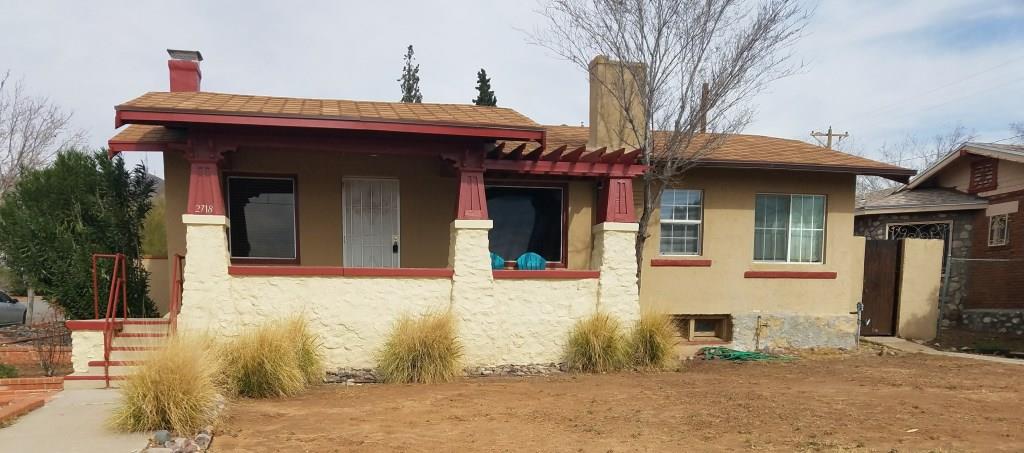Here’s an exercise we’ve done a couple of times on Tuesday nights after our zazen practice and tea has been served. We all put our cups of tea down (hot green tea again now that summer is sliding away into the wherever) and return to our full zazen posture, this time facing the center of the zendo. The Ino watches. When she feels that all of us are settled firmly into our zazen, she rings the big bell. We don’t bow, we don’t let our backs slump back, we simply keep on sitting. Shikantaza—just sitting. The bell rings and we listen closely to the ringing. We don’t want to attach any ideas, names or words onto the ringing. We just want to listen. We want our bodies—our ears, our mind, our skin—to absorb the vibrations of sound until finally it fades away into silence.
This practice is not easy. Well, that’s not true. It is easy. We just don’t let it be easy. Our mind wants to jump right in and give the exercise names, to think about it, daydream about it, analyze the experience, argue with the experiment. Whatever. Take me, for instance. (Okay, I will.) When I hear the bell, I want to bow and relax. It’s habit. Not to worry. Sometimes I just hear the bell. I just listen. Me and the bell. One experience. I can feel the vibration of sound in my ears. If you practice zazen long enough, you too will begin to hear truly the ringing of the bell, of simply being there with the ringing of the bell. You and the bell ringing become one. You are experiencing the dharma, you are awake to your Buddha nature.
Just like Dogen said.
When I first recommended this exercise, I thought I would follow the exercise by talking about that those two monks back in the day who were wasting their afternoon arguing about a flag.
One said: “The flag is moving.”The bell-ringing seemed like the perfect segue into the story about the flag and the wind. But it occurred to me during zazen practice to talk about Hotei (aka Budai) instead. Seems like I’m always looking for a reason to talk about goofy Hotei. He’s the fat hobo monk from the time of the T’ang dynasty, aka the “Happy Chinaman.” You see his image everywhere. Pier 1 sells little Hotei images by the boatload. He’s a bigger cliché than the word “zen.”
The other said: “The wind is moving.”
The sixth patriarch happened to be passing by.
He told them: “Not the wind, not the flag; mind is moving.”
Hotei didn’t head up any monastery, and he didn’t have students. He just walked around the countryside and through city streets with a big sack hung over his shoulder. The sack was full of candies, fruits and sweet breads. Oh, Hotei made the kids happy. They would come running and he would give them little presents from his big sack. Then he would play and dance with them. It was like a little Zen street classroom wherever he went.
If a Zen monk came along, he would stick out his begging bowl and say: “Give me a penny.” He was harsh with the Zen monks, and mostly they stayed away from him.
Once an old Zen teacher, a roshi, came along. Hotei stuck his chubby hand in the old man’s face and said, “Give me a penny.” The old man looked at Hotei for a few minutes, then asked him, “What is Zen?” Hotei immediately dropped his sack, plopped nimbly to the ground and sat zazen.
“Ha!” the old roshi shouted. And then he asked, “How do you realize Zen?"
Without a word, Hotei leaped to his feet, swung the sack over his shoulder and continued on his way. Happy little kids followed along behind him.No words, no ideas, only action. Like the bell ringing. Hotei understood the relationship between sitting zazen and realizing Zen out on the street. One feeds the other. He didn’t have to think about what the roshi asked him. He didn’t worry about why he was being asked this question. Was it a trick question? He knew in his essence, his Buddha nature, what was being asked. No words: yet, he answered without hesitation. He plopped to the ground and assumed the lotus posture, his hand folded in the cosmic mudra. He just sat. Shikantaza. Likewise he understood that his life—fully lived, embodying the Four Noble Truths, the Three Refuges, the whole kit and caboodle, being just that moment—is the realization of Zen. No words, but he answered the question. He jumped to his feet and went about his life.
Good for Hotei.
And good for the old Roshi, or whoever it was first wrote this story down. Words and stories have their uses. Our job is not to confuse the words and stories for the actual understanding and for the experience. Our job is to hear the story and learn to listen to the bell. When the time comes and the question is asked—“How do you realize Zen?”—we must understand fully. We must, without hesitation, jumping to our feet and go about our lives, fully present in the moment.
Just like the Sixth Patriarch who knew exactly what to say to the two monks who were sitting on a wall babbling on about nothing.
Life as it is, the only teacher. Being just this moment, compassion’s way.Thank you for reading.
My best to you all.
Bobby Kankin Byrd








